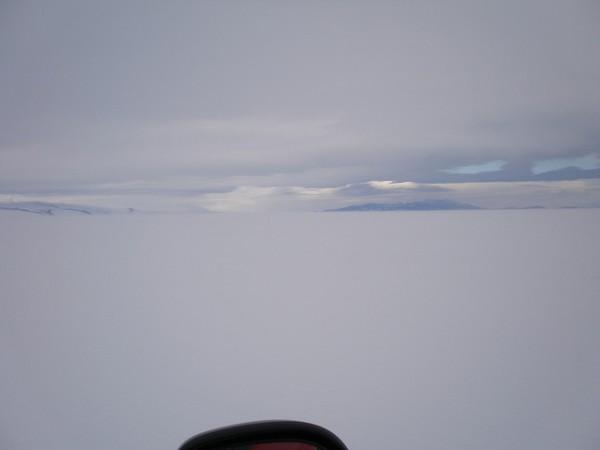
During a routine aerial research flight over East Antarctica, scientists noticed a mysterious ring-like structure on the otherwise-featureless ice. The experts believe that the huge crater might have been caused by a meteorite, which was as big as a house.
"We were on a routine measuring flight near to the coast and we were flying above a small ice bluff. I looked out of the window and saw some unusual structures in the surface of the ice that were some broken ice looking like icebergs that is very unusual on a very flat ice shelf surrounded by a large wing shaped circular structure," Daily Mail quoted Dr Christian Müller, a geophysicist from surveying company Fielax as saying.
"I've never seen something like that before. My first thoughts were that it might be an impact structure from something from space like a meteorite."
Müller was the one who first spotted the crater on the King Baudoin Ice Shelf, when she and her team flew over the Antarctic coast on 24 December, 2014.
The scientists saw a number of broken "icebergs", surrounded by a 2 km (1.24 miles) wide circular mark, which is surrounded by a few other smaller circular marks in the ice.
It has also been said that on 2 September, 2004, a series of infra-sounds was reported. Infra-sounds are low frequency sounds that are capable of travelling long distances but are below the human audibility limit.
Six detectors across the world detected the infra-sound what appears to have been caused by an exploding meteorite. The scientists were able to pinpoint the location of the event somewhere over East Antarctica.
A separate team of scientists at Davis Station, Australia's permanent base off the coast of East Antarctica, stated that they had seen a dust trail high up in the atmosphere around the same time. This team said that there was a high probability that the falling object landed on the ice shelf.
According to their estimates, the remains of a house-sized meteorite that broke up in the atmosphere hit the ice sheet in East Antarctica.














